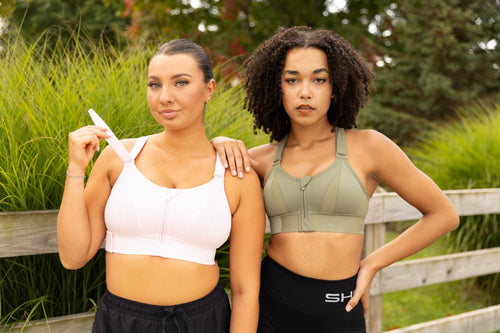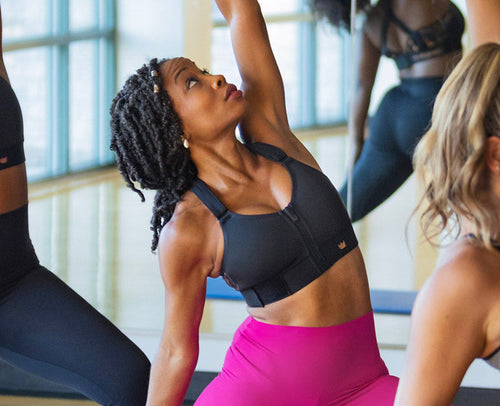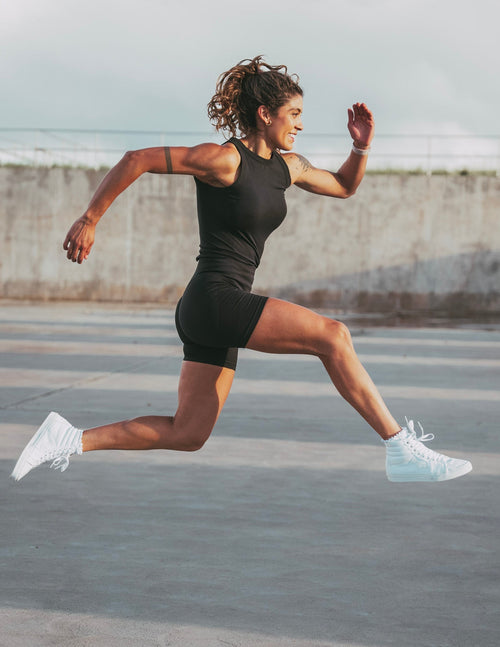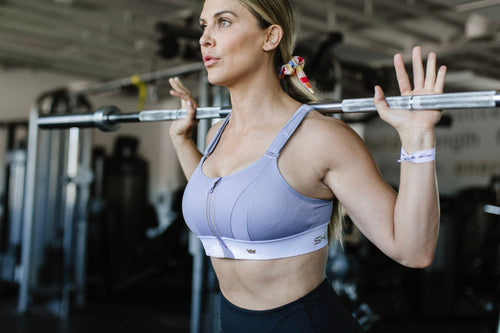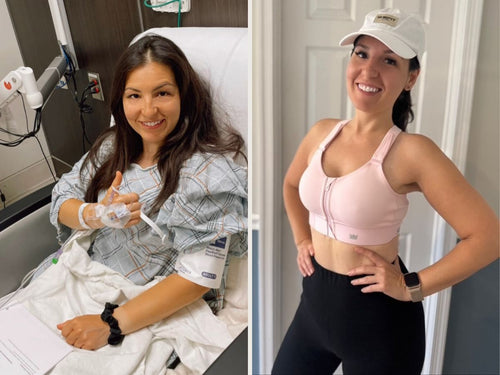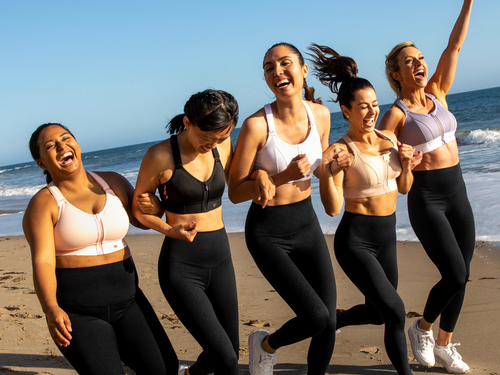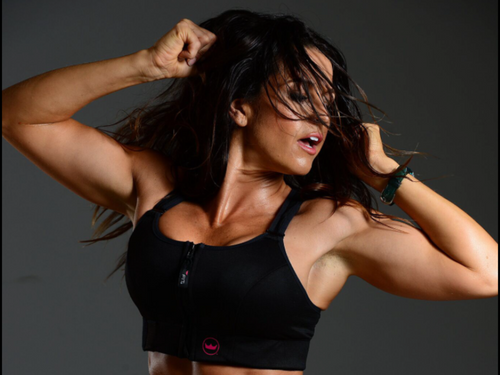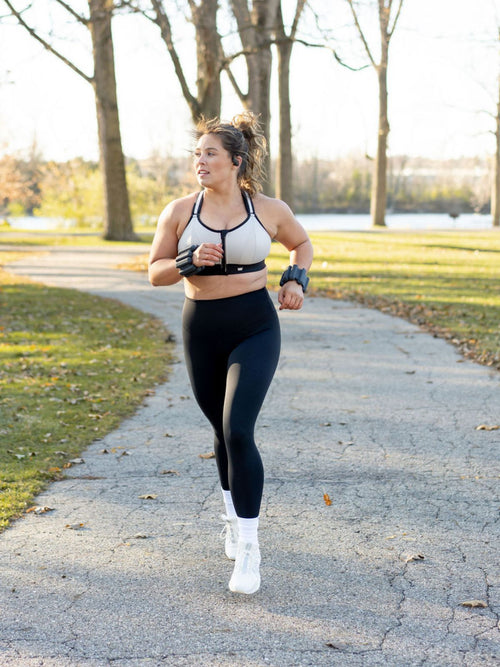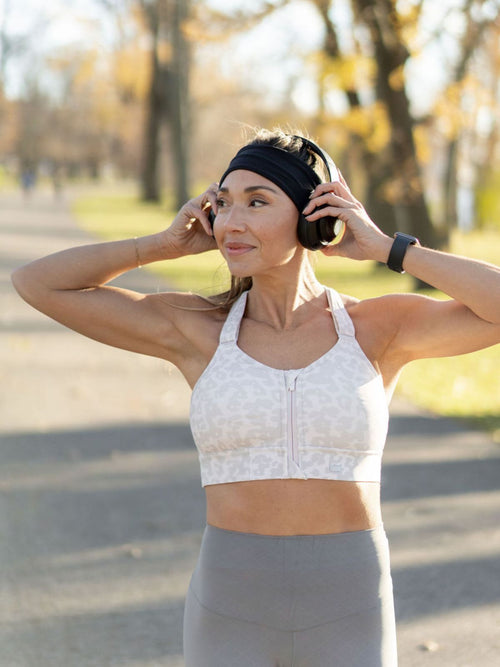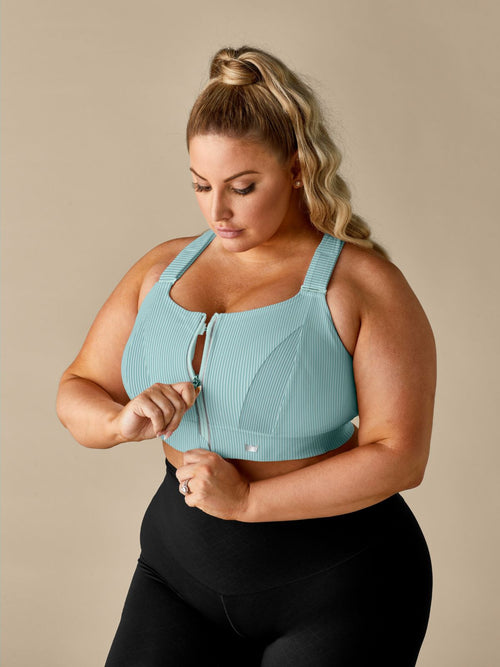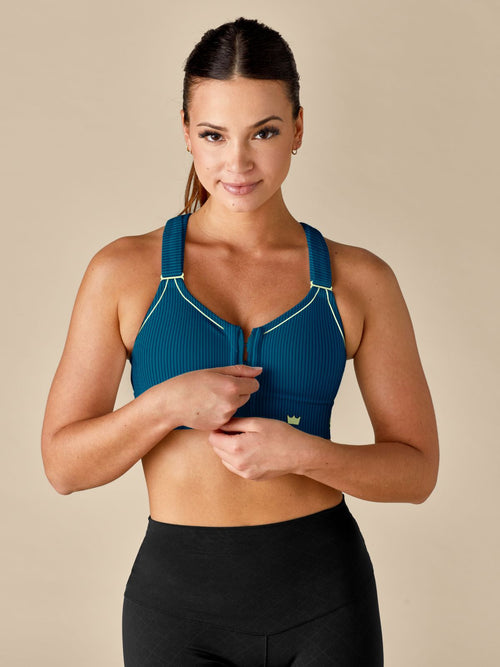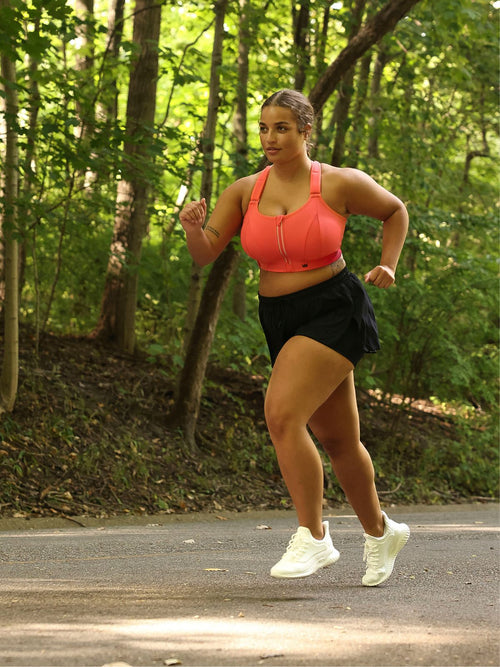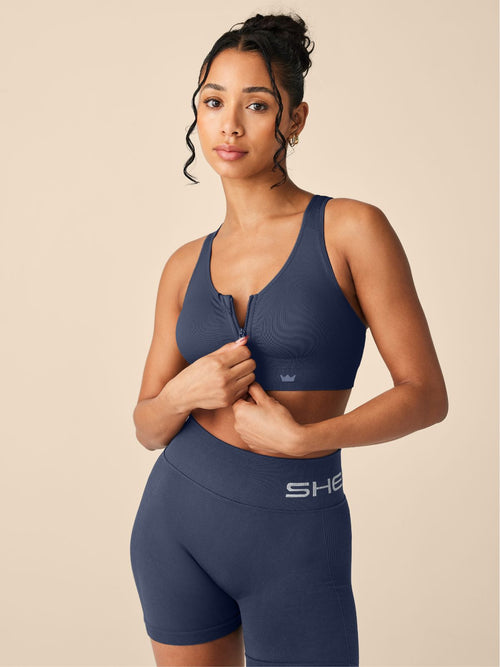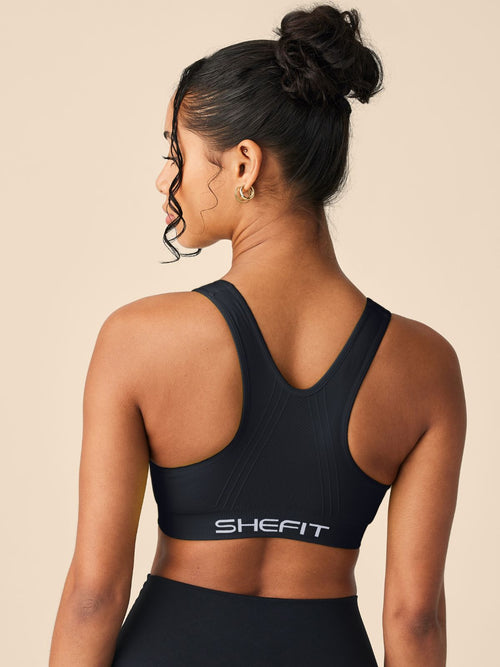Free shipping on U.S. orders over $99 Shop Now
Many of us have done it. Lie.
Admit it, you’ve looked your gynecologist right in the eye and said: “Yes, I do monthly self-breast exams.”
Here’s the thing, we know early detection is key in fighting and surviving breast cancer. We know self-breast exams can help us to do that. Yet many of us are afraid to touch our boobs. I mean really touch them. Look at them in the mirror, massage them, pinch our nipples, and give them a good once over.
Chances are YOU will be the first to notice something different with your breast, way before your annual exam with your physician. You don’t want to chance a delayed breast cancer diagnosis just because you won’t simply touch your own breast do you? At diagnosis, this is precisely the time that you may ask yourself, “if I had been doing self-breast exams all along would I have found it sooner?”
For some of us, we avoid breast self exams because we don’t really know how or what we’re looking for - we’re not doctors right? Basically, on the outside it’s anything that looks a little different than what’s normal for you. A pimple or bug bite that won’t go away. An orange peel-like rash. Hot swollen areas. Or one breast looking even slightly different than the other. These can all be signs of breast cancer. Is this overwhelming? Okay, let’s break it down to a quick three step pre-shower exam:
- Strip down, get brave and look at your beautiful body in the mirror. Get a good look. Leave your arms at the sides, put them above your head flex and stretch, take a look at your breast outline, the contour of your breast, the volume of each side, are they equal? Do you have dimples, nipple irregularities or swelling?
- Hop in the shower. It’s time to get personal. Grab your fave body wash, get a lather started and move your slick hands over your breasts using just the pads of your fingers. The soap helps you move more easily over the tissue, plus you have to clean yourself anyway, so really get in there using a circular pattern working from out to the center, under your armpit, check your nipple area too. You’re feeling around to see if you have lumps, knots, irregularities from one side to the other, thickening or changes in the texture of the breast tissue.
- Towel off, lay down and relax a sec. Literally. In this position your breasts will fall where they may and that’s okay. Toss a pillow under one of your shoulders, put your arm above your head and repeat your shower experience this time focus on examining the opposite breast with the opposite hand. Then move the pillow to the other side and repeat. Again, you are feeling for lumps, knots, irregularities from one side to the other, thickening or changes in the breast tissue as well as any nipple differences, discharge or dry, flakey patches.


